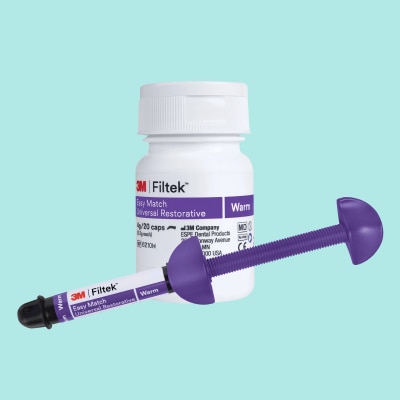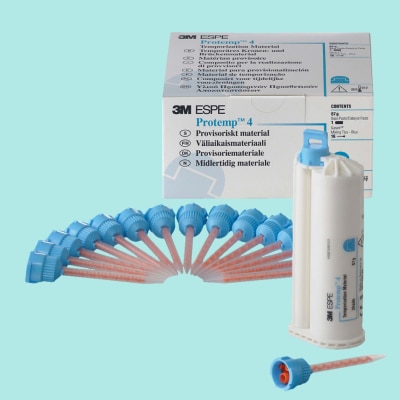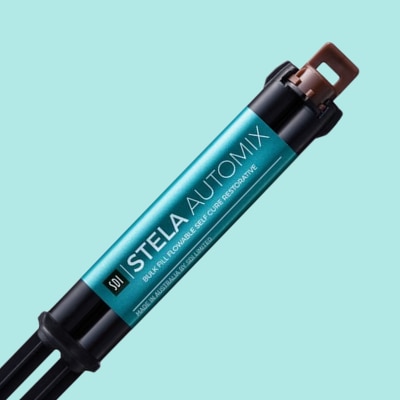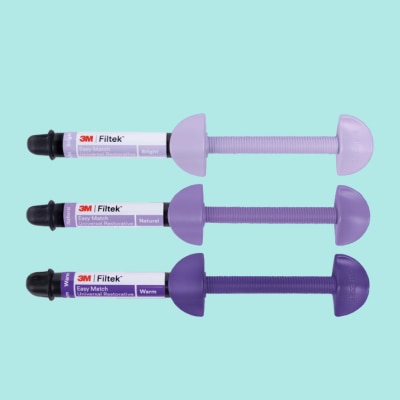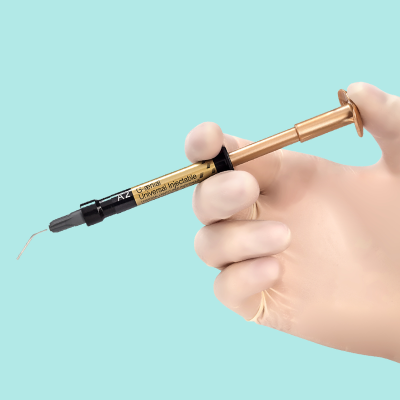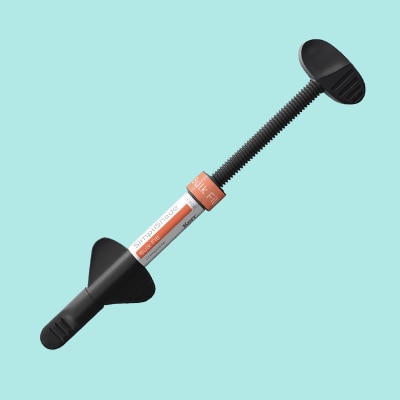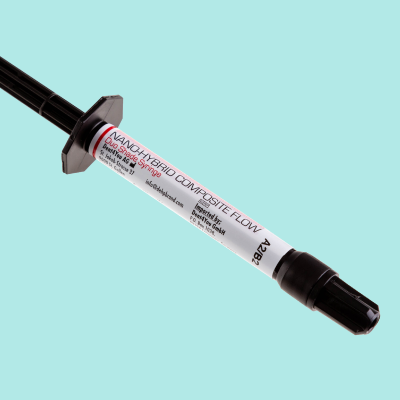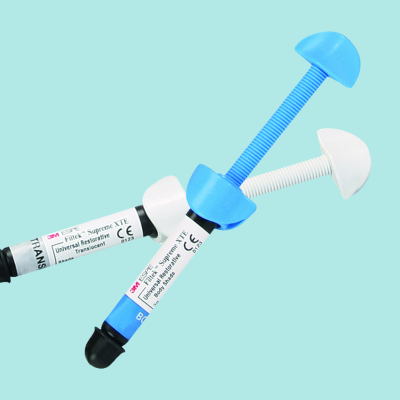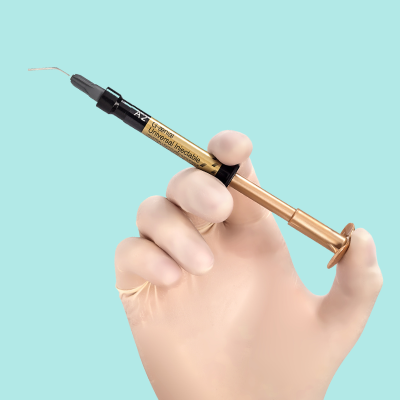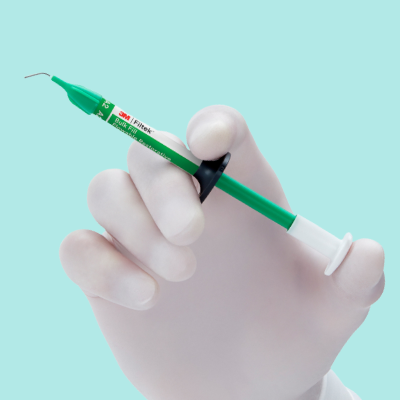Aligners is one of the most popular and effective ways of straightening teeth. But wearing aligners doesn’t mean that decay, erosion, and enamel damage can’t happen. Developing a cavity during teeth alignment treatment is a real possibility for many people and aligner patients often present with concurrent restorative needs, such as managing fractured fillings.
This can be a recipe for disaster if not handled and treated properly using the right techniques and materials. Selecting the right composite can eliminate the need for new aligners to be made as it allows you to recreate the size and shape of the restoration buy using the existing aligner. Composite selection can be key to ensuring restorative treatment does not compromise aligner fit or progress is critical to maintaining the continuity of orthodontic therapy.
Why choose SDI Stela for restorations during aligner treatment?
SDI Stela from SDI is a suitable choice for managing restorative challenges during aligner treatment.
Its superior handling properties allows precise contouring using the aligner as a template, ensuring the restoration meets functional and aesthetic criteria. Stela was recently used to restore a lower molar during aligner treatment by Dr Dan Shaffer, who has outlined his experience in the case study below.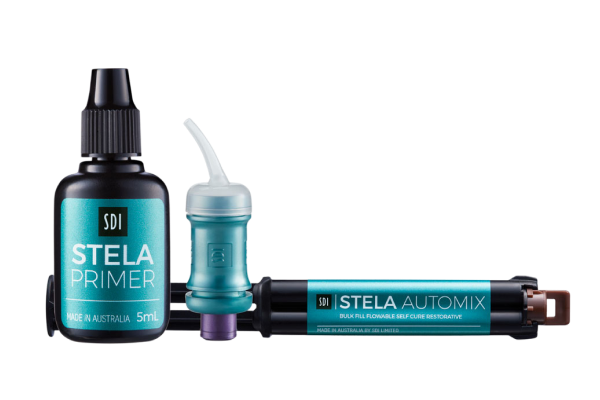
Case Presentation
Patient History
- A 34-year-old patient presented with a non-carious fractured amalgam filling on the lower left first molar (tooth 36) during Active Aligners treatment.
- The patient was midway through a 20-stage aligner series for mild to moderate crowding.
Clinical Assessment
- Fractured amalgam with exposed dentine with no caries or pulpal involvement.
- The aligner for stage 11 exhibited a proper fit, indicating good progress in treatment.
- Radiographic analysis confirmed no underlying pathology or primary dental disease.
Treatment Objectives
- Restore tooth with a durable, aesthetic material.
- Ensure the restoration does not disrupt the aligner’s fit or progression.
- Minimise interruptions to the patient’s aligner therapy.
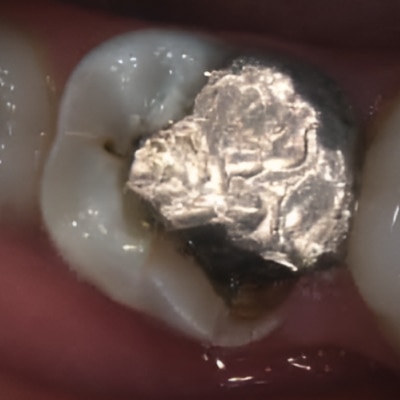
Materials and Methods
Materials used:
- SDI Stela composite resin (A/ A3 shade)
- SDI Stela Primer
- Patient’s stage 11 Active Aligner
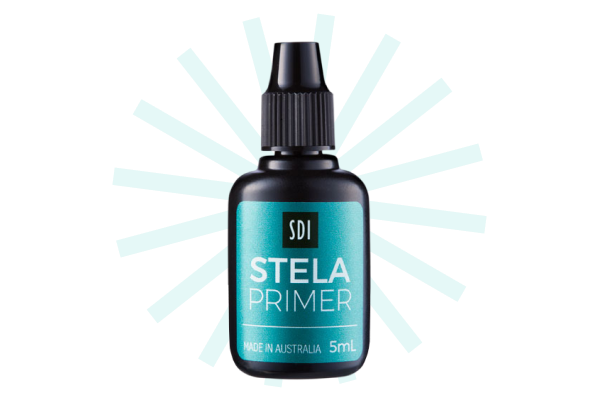
Procedure
- Isolation and preparation:
- The amalgam filling and any secondary decay were investigated thoroughly, leaving sound dentine and enamel.
- Primer application:
- The cavity was rinsed and dried gently.
- SDI Stela primer was applied, gently air-thinned, and left to dry for 5 seconds.
- Composite placement:
- The Stela composite (Stela capsule) was placed.
- The aligner was used as a template to shape the occlusal and buccal anatomy. It was seated gently over the uncured composite to ensure precise contouring and alignment.
- The aligner was left in situ for three minutes.
- Finishing and polishing:
- The aligner was removed, and the restoration was refined with fine-grit burs, polishing discs and rubber polishers to achieve optimal shape and surface finish.
- The aligner was re-seated to confirm fit and compatibility.
- Postoperative instructions:
- The patient was advised to resume regular aligner wear immediately. The patient was also advised that after the aligner treatment ends, she should decide whether to crown the tooth.
Results
- The Stela composite restoration provided an excellent seal, strength, and aesthetic match with adjacent dentition.
- The aligner fit was maintained without any adjustments, allowing the orthodontic treatment to continue as planned.
- At a one-month follow-up, the restoration showed no signs of wear or failure, and aligner progress was on schedule.






